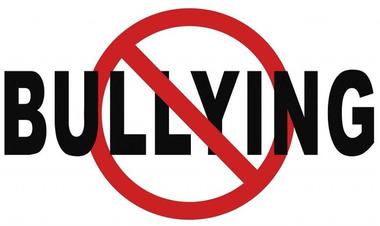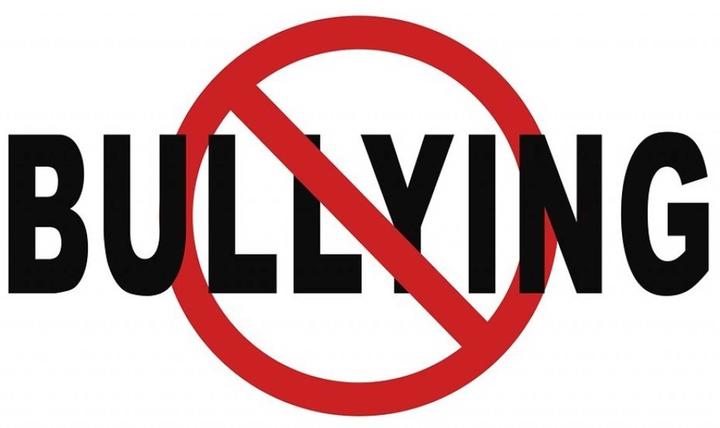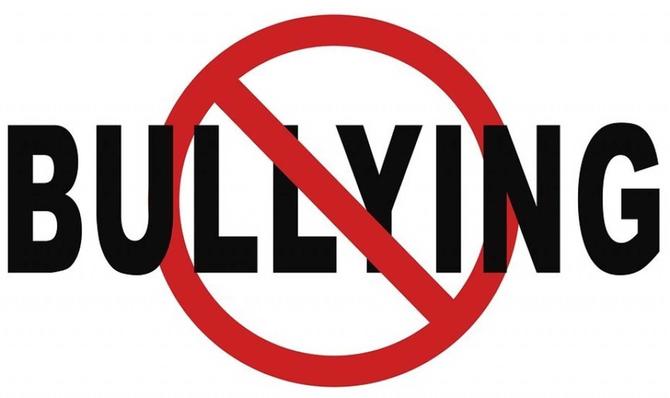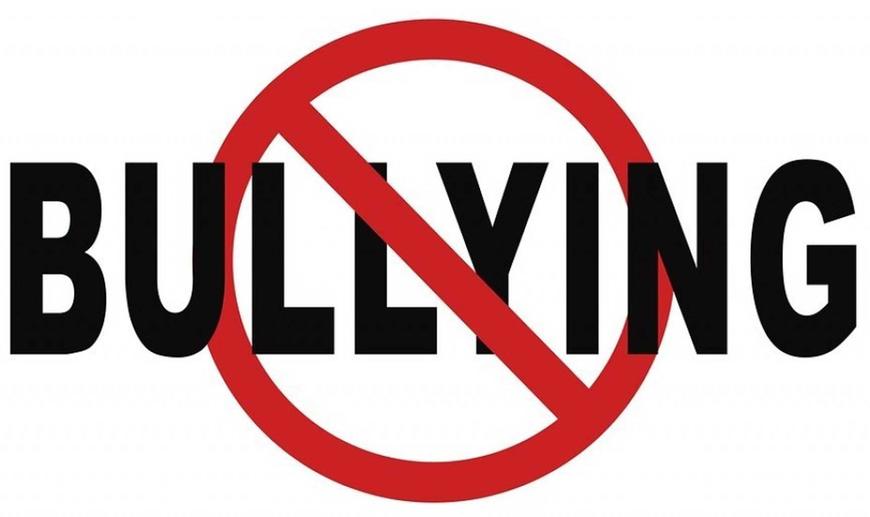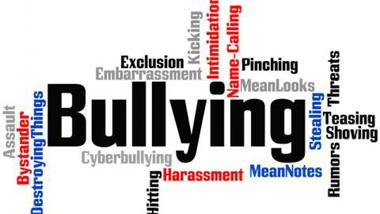
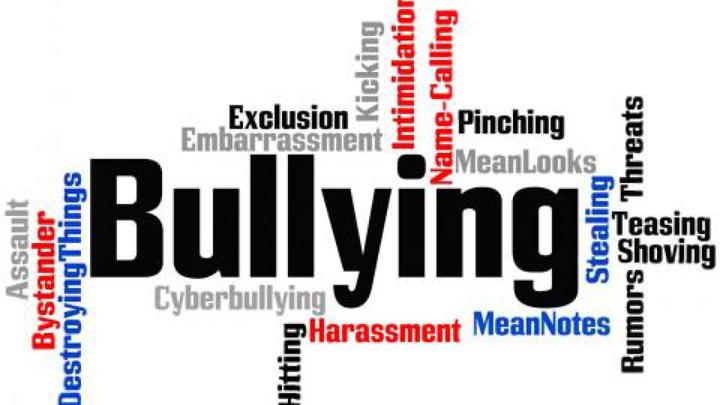
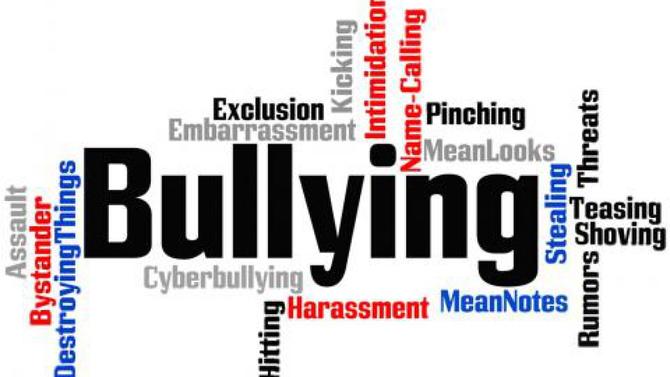
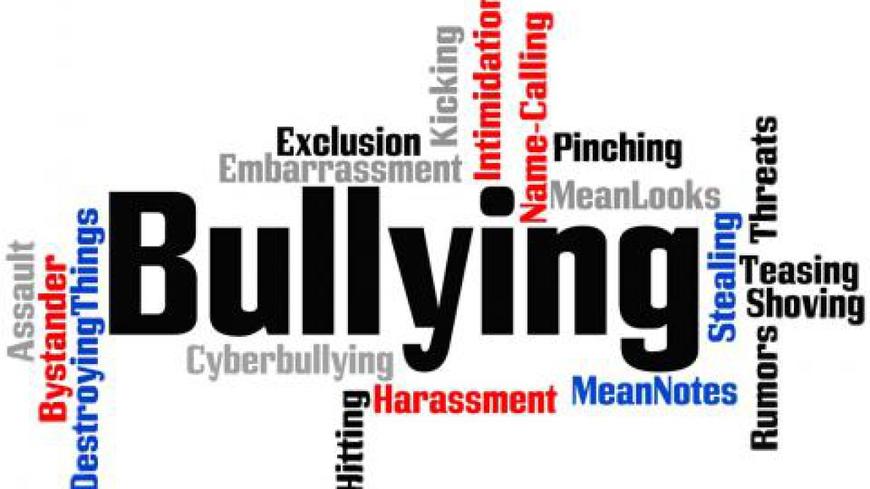
There is probably not a single person in the world who does not know what punishment or bullying is. And also, apparently, there is no man who would not punish another once in his life. We all know the meaning of the words "punishment" and “bullying”- they go together. It is believed that punishment should create a logical construction in the child's head: if you will act badly - it will hurt, physically or mentally. Thus, punishment and bullying acts are as a method of teaching. On the other hand, we remember for all our lives not only all the lessons taught to us in this way, but also the pain, the sense of shame and helplessness that were experienced. To beat or not to beat - that is the question. How effective is punishment or bullying as a method of upbringing, as a means of correcting the behavior of the child (and not just the child)? What is the meaning of punishment in general? How does bullying affect the emotional state of the child? What consequences does it entail? How to resist punishment? In my work, I will try to answer these questions as much as possible.
Many people have often wondered about the origin of aggression and what it is. Aggression is behavior aimed at causing harm caused by any motives. Thus, aggressive treatment of children, in other words, bullying, can be regarded as an educational moment in response to some prank of the child. It is hard to measure the emotional effects of bullying because it leaves a scar for the whole life. I propose to consider one case about violence in American schools. This case is about a prekindergarten teacher who tied 3 years old boys to the chair; the first one with jump rope and the second one with an apron (Thomas). The boys were sitting back to back and tied them because the teacher wanted to show them how to sit still in class and to concentrate on their study (Thomas). The teacher did it to teach a lesson for boys, but the most terrifying thing is that “lesson” repeated by other adults. This method is not effective because the violence breeds violence, and children who were bullied in their childhood might want revenge in the future. The method of this teacher leaves emotional and physical scars on children`s minds and bodies. This did not help children to concentrate because all they learned was a fear of their teacher.
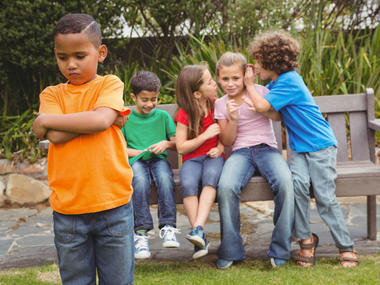
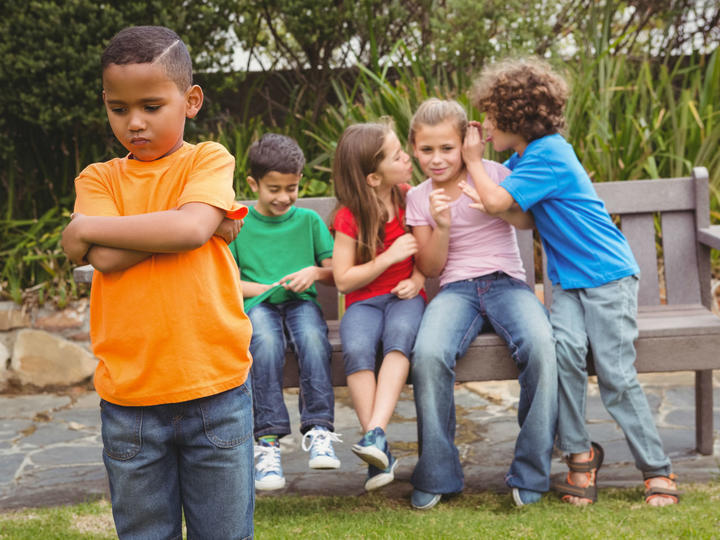
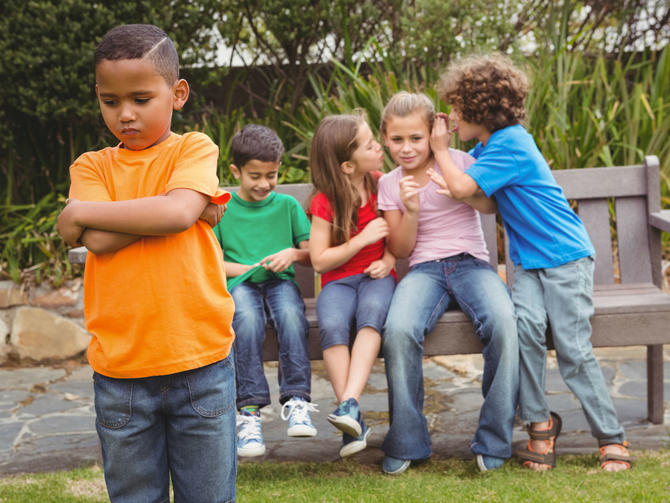
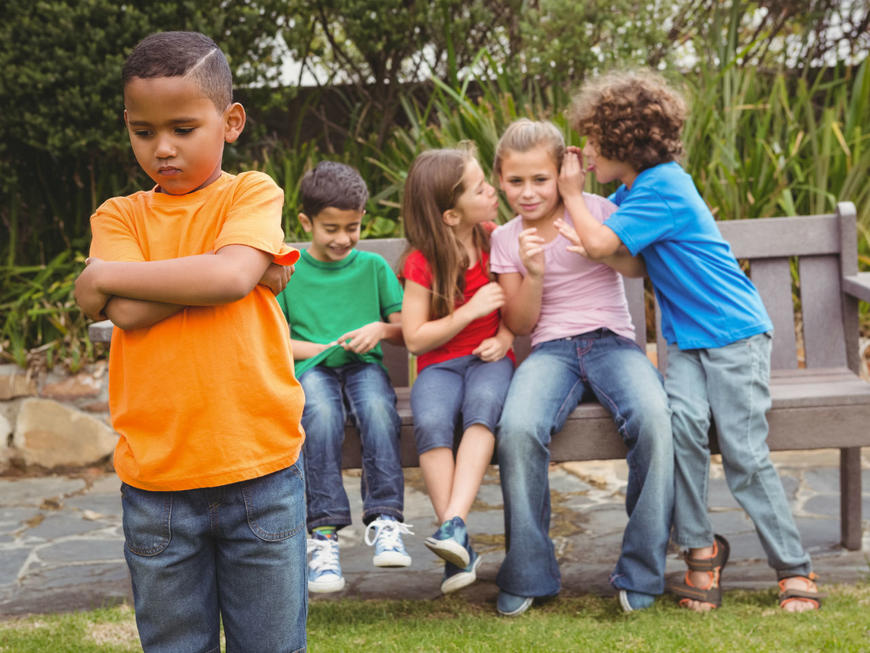
Attached file: Emotional Effects of Bullying.docx
Click download to get access to a full version of the paper
Bullying breeds stress. The one who is exposed to bullying is experiencing psychological stress. Stress occurs when we think that we are not able to cope with the events that are happening to us. For many years there have been studies that show the health damage caused by bullying to their victims. Psychological, social, physical, emotional and academic harm is noted. It is also found that children who subject someone to a bulling, that is, bulls themselves, experience negative consequences. The same can be said about the eyewitnesses of the bullying. No less important problem is the harm that bullying does to the school itself, as an organization (Thomas). Bullying not only spoils the lives of many children, but it also reflects serious weaknesses in the education system. Of course, there are certain individual characteristics that contribute the fact that the pupil becomes a victim or a bull, however, in the West today there is an approach that goes beyond the character features and considers the context in which the phenomenon of bullying takes place. Schools with high bullying rates have an unfavorable atmosphere - children can no longer concentrate on studying. Children who are potential victims are afraid of others; children who do bullying take too much time from teachers who are forced to deal with their problem behavior. Finally, students at school simply do not feel safe and say that they do not like school. If there is bullying in school, schoolchildren are acutely aware that teachers do nothing to stop it: teachers are perceived as people who have no control over what is happening. Because of this, victims prefer to skip classes at school. Students who are more likely to be bullied by their peers are among those who do not like school and receive poor grades. Children are also facing negative consequences: they have serious problems with academic achievement. Previously there was an opinion that the victims of bullying have more problems in the cognitive sphere than bulls, because it is the victims who are absorbed in the problems of relations with classmates, and the study remains in the background. In fact, the educational level of a school bully is usually lower than that of a bullying victim (Thomas).
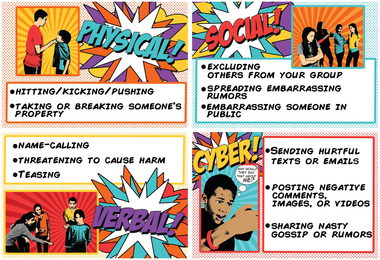
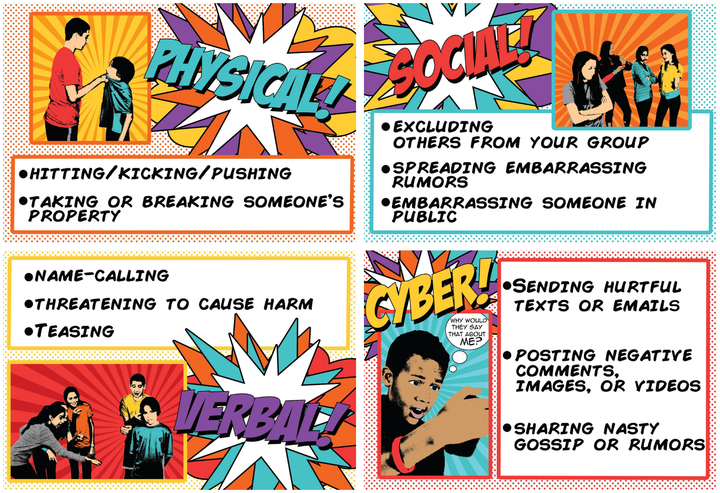
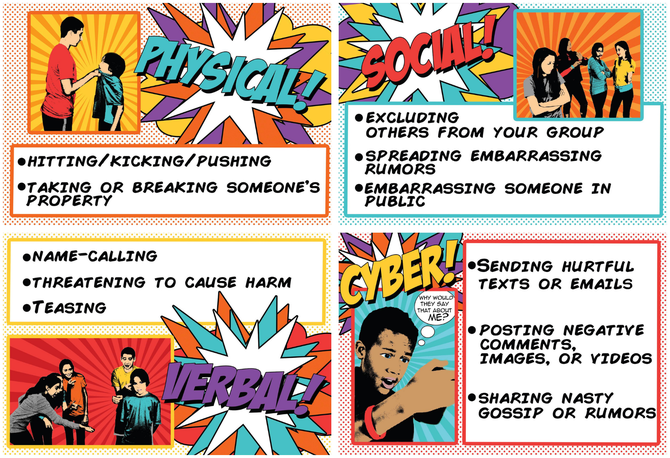
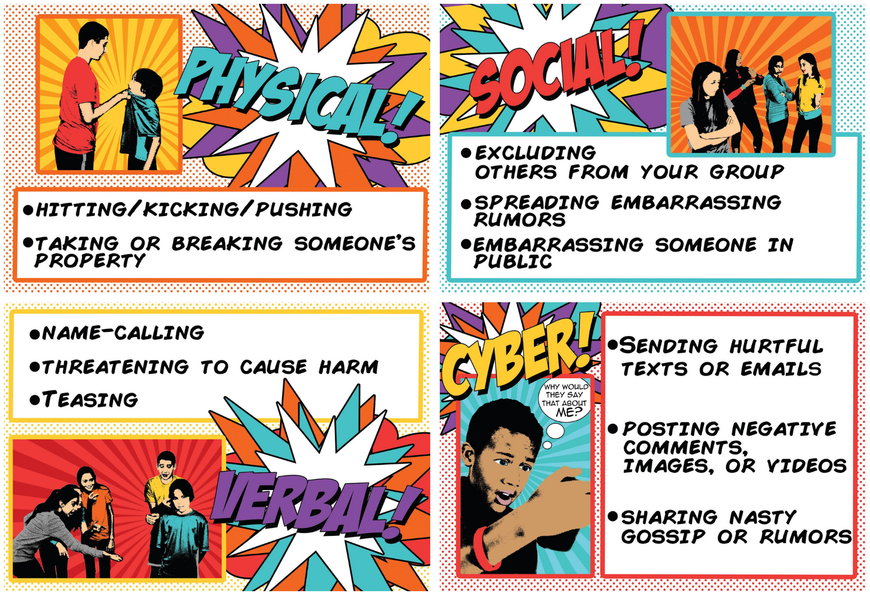
Bullying at school is the systematic persecution of a weaker student by a classmate or collectively. In the role of a victim there are children from disadvantaged or low-income families, with physical problems, with bright talents, or just weak and shy. If the case of bullying is identified, the joint work of the school, teachers, and parents are extremely important (Whitney). Each teacher remains with child abuse, and it is very good if parents and school administrators are connected to overcome the problem. Wrong methods of talking with the children's collective contain the following points: ineffective challenge of pity, definition of the problem of persecution as a personal problem of the victim, long explanations of what happened , the recognition of the validity of the rules of the game "hit or be hited," accusations or punishments. Correct methods of conversation include talking with children of primary school age and influencing them. To stop bullying at a younger age is much easier than in a teenager because younger schoolchildren have not yet formed life principles and mostly children rely on the opinion of the teacher. So here it can include the influence on the bull and the attraction of an authoritative ally. In adolescence, moral beliefs have already formed, and they will not be so easy to change. Personality and authority of an adult recede into the background, and on the first comes a group of peers. Therefore, it is necessary to act subtly, trying to formulate a public opinion in this group. First, you need to try to convince, explain the inadmissibility and inefficiency of bullying. Talk with the class should authoritative for children teacher or adult because everything here depends on the strength of persuasion and inner faith in what is said. Children should respect this person and listen to him (Whitney).
The impotence of teachers before bullying does not mean that it is impossible to fight violence in school. There are simple methods to overcome bullying, but not always teachers feel it necessary to apply them. Therefore, parents have a difficult task to motivate the school to provide children with physical and psychological security within their walls.
Many parents believe that bullying is not such a serious problem as the use of prohibited substances by students (tobacco, alcohol, drugs), but its consequences can be very heavy and long. Many children specifically avoid going to school because they are afraid of persecution. Bullying has a negative impact not only on those who suffer insults and bullying but also on those who inflict them. Most children are embarrassed to admit that they are being bullied. They cannot tell anyone about this. If a child comes to parents for help, they should take it seriously. If the child first asked for help but was not taken seriously, the second time he will not turn to you. The parents influence the child's confidence in himself and can teach him the best ways to solve problems. First of all, parents need to speak with the child's teacher, as I have already said, the fight against bullying requires cohesion. The eclipse should teach the child in a non-aggressive way to resist the offender. Ben Whitney advises to avoid the offender and switch to communication with friends. All that parents need to do to help the child in the fight against bullying is to take the problem seriously and not solve it aggressively (Whitney).
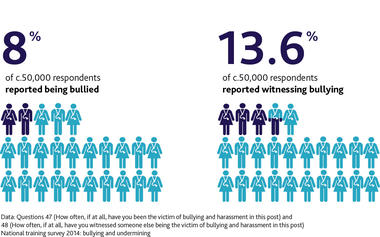
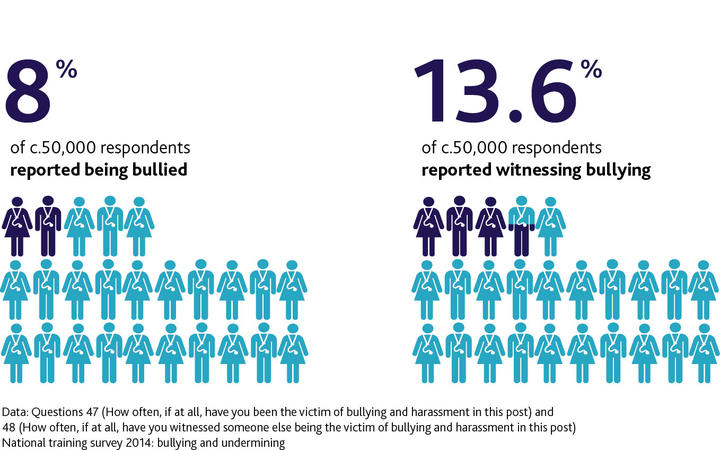
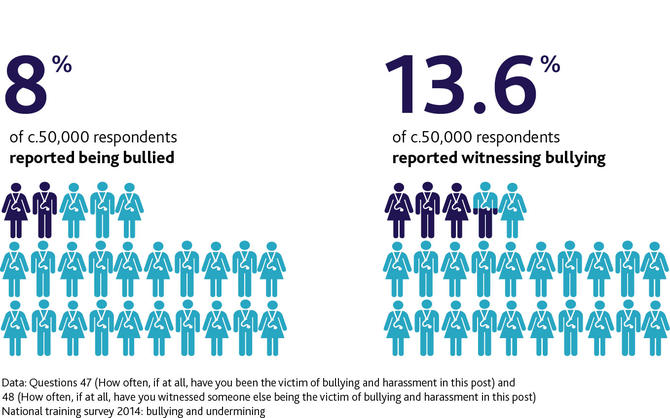
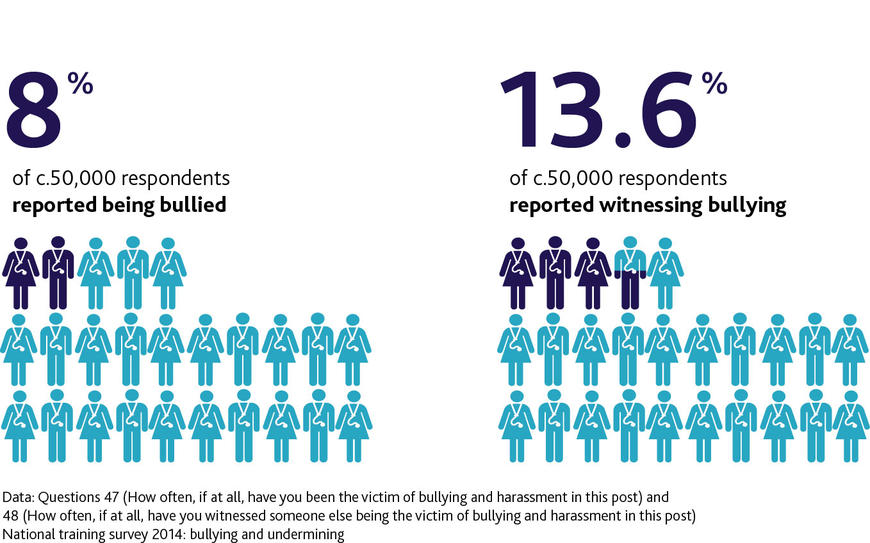
Modern children are crueler - and this fact is not even disputed by psychologists (Whitney). Of course, everything depends on education, the psychological climate in the family, the nature of the child and his communication with peers, but from society as a whole today more than ever. Even doctors note that bullying as an aggressive pursuit of one of the members of the collective is reflected not only in the child's mental state.
As I said earlier, bullying often occurs over children of low social status, over-shy, children with disabilities and weaker ones. Unfortunately, the consequences of bullying sometimes last a lifetime for the victim, maiming her, and turning into a series of solid tests for strength. These rogue children can later become victims of bullying at work. Or vice versa having received a sufficient amount of suffering in childhood, the last victim herself becomes a buller (Thomas). At the same time, if the bullying was interrupted at the very beginning, the trace reaction to it can be quite insignificant in the form of a weak intensity of negative emotions.
In the same cases, when a pupil has been subjected to school bullying repeatedly and for a long time, he may develop a serious post-stress disorder, which can lead to depression, insomnia and so on (Whitney).
According to most researchers dealing with this problem, such as Ben Whitney, post-traumatic stress disorder includes five phases of its development:
The first phase is a phase of despair, expressed in an increased level of anxiety when the child is still not fully aware of what is happening to him.
The second phase is the phase of negation. Attempts to displace from the memory what happened to him. During this phase, the victim may have somatic disorders, insensitivity, and even insomnia.
The third phase is the phase of depression or obsession. The phase of humility with the violence that occurred on the background of sleep disturbance and bad mood.
The fourth phase is the phase of studying what happened with the realization of the cause of what happened.
And, finally, the fifth phase is the phase of completion, when there is a hope for a better future (Whitney).
As we see, very many factors influence the formation of the human psyche and the bulk of it is laid down since childhood, in childhood, people are particularly vulnerable, and such phenomenon as bullying can greatly affect both consciousness and further perception of the world.
Have your paper written from scratch with Writing Endeavour and be sure to receive a high grade!
